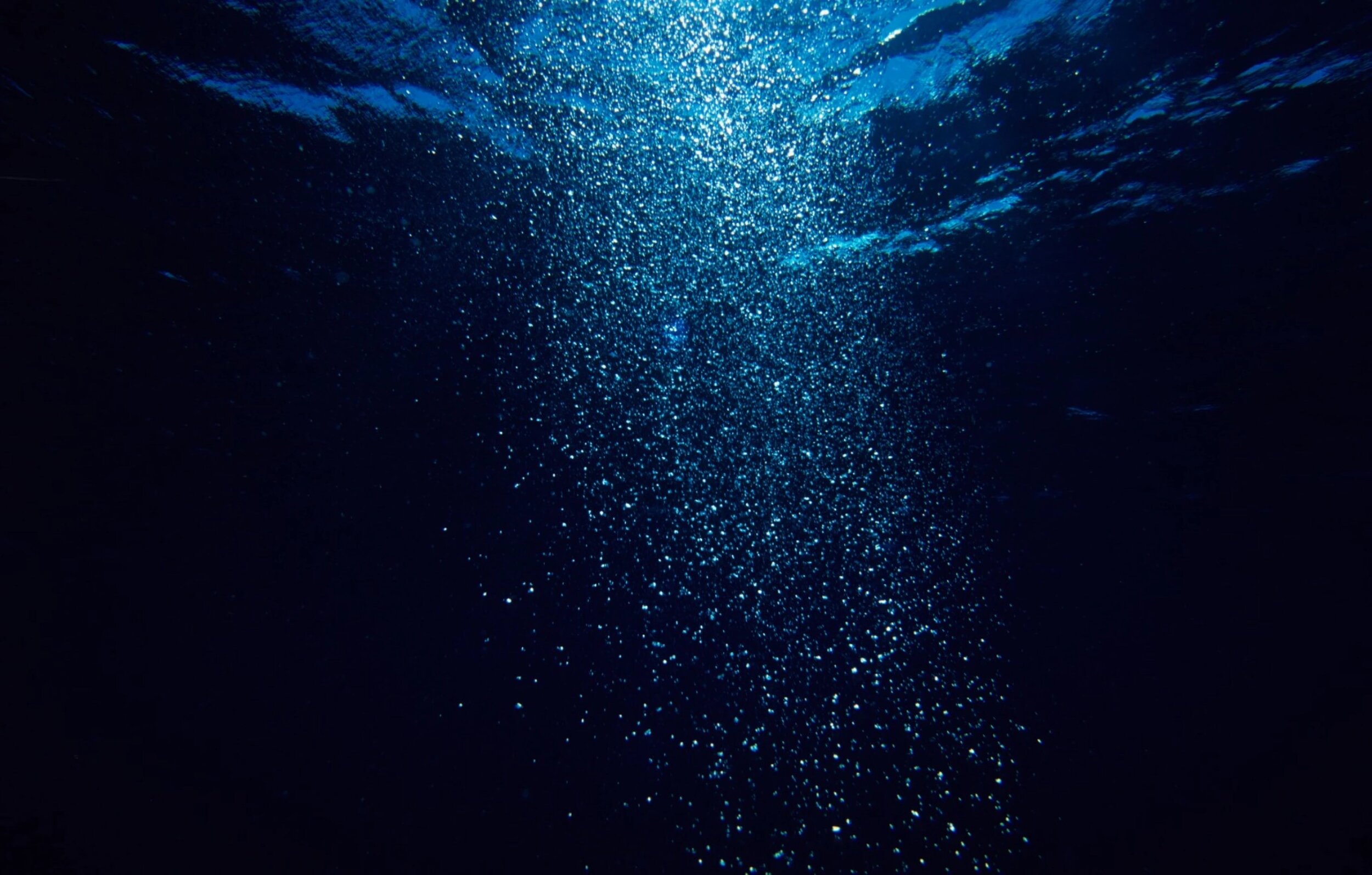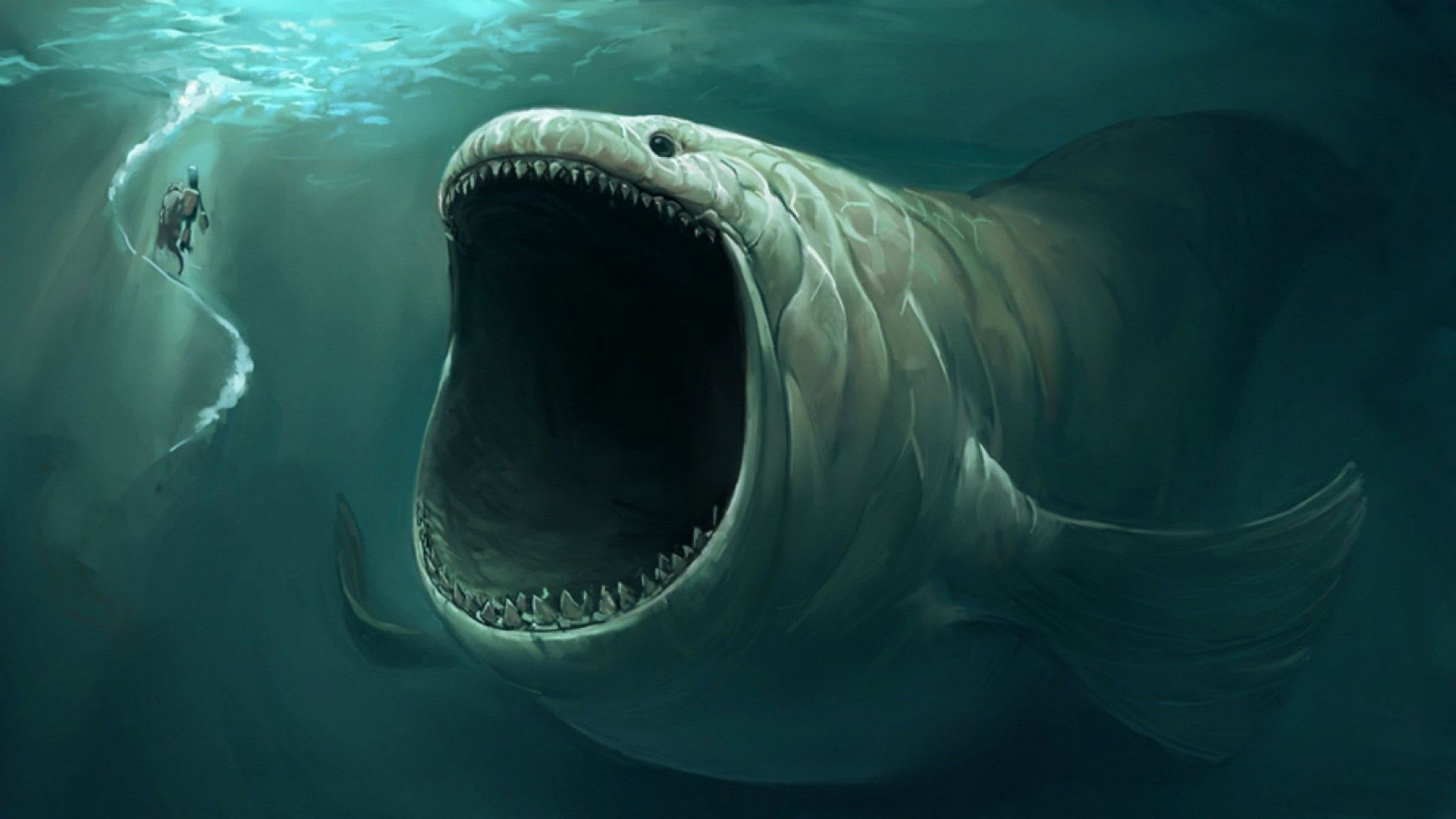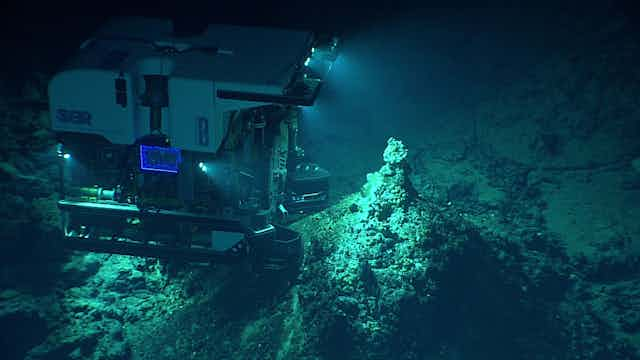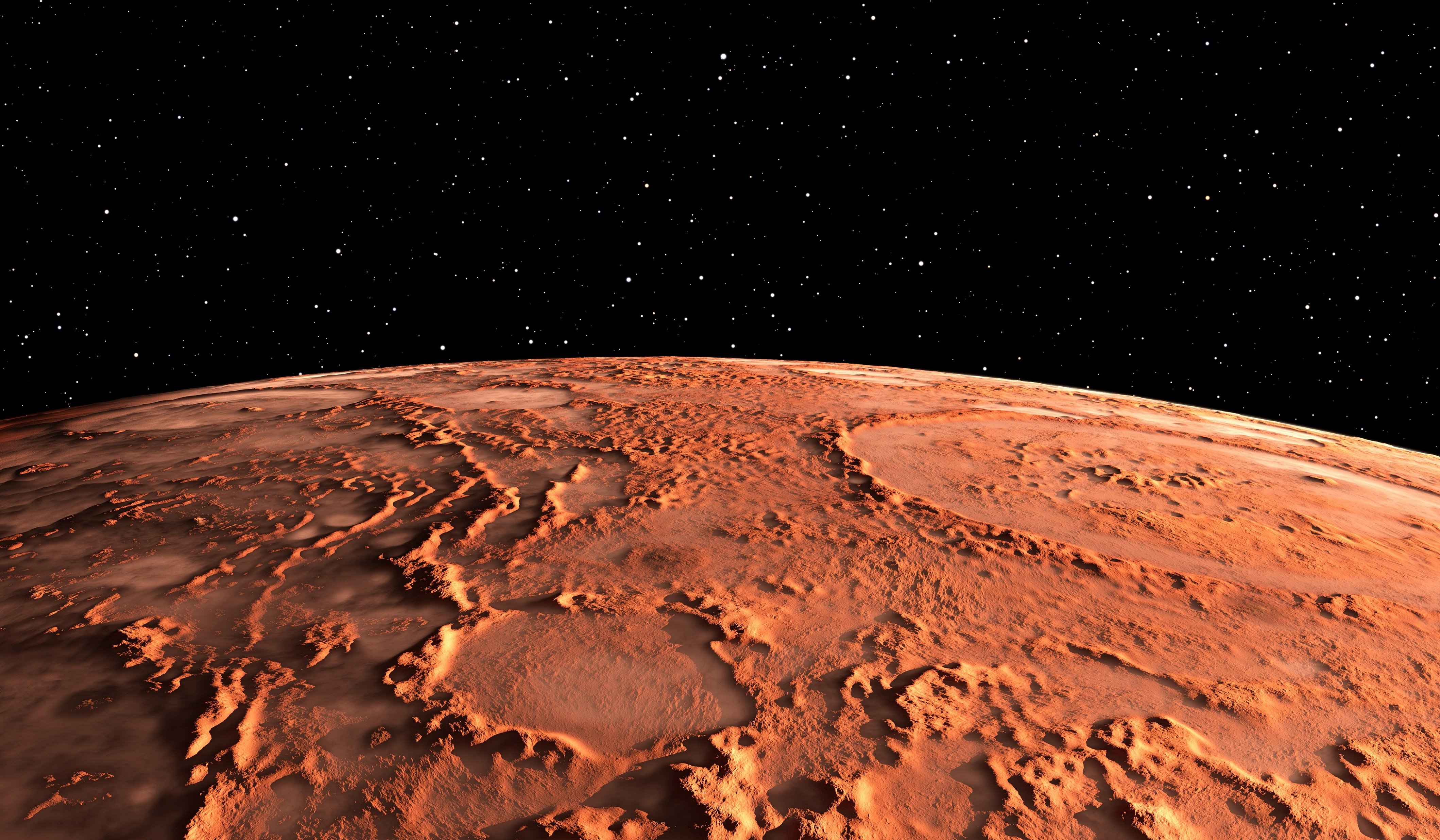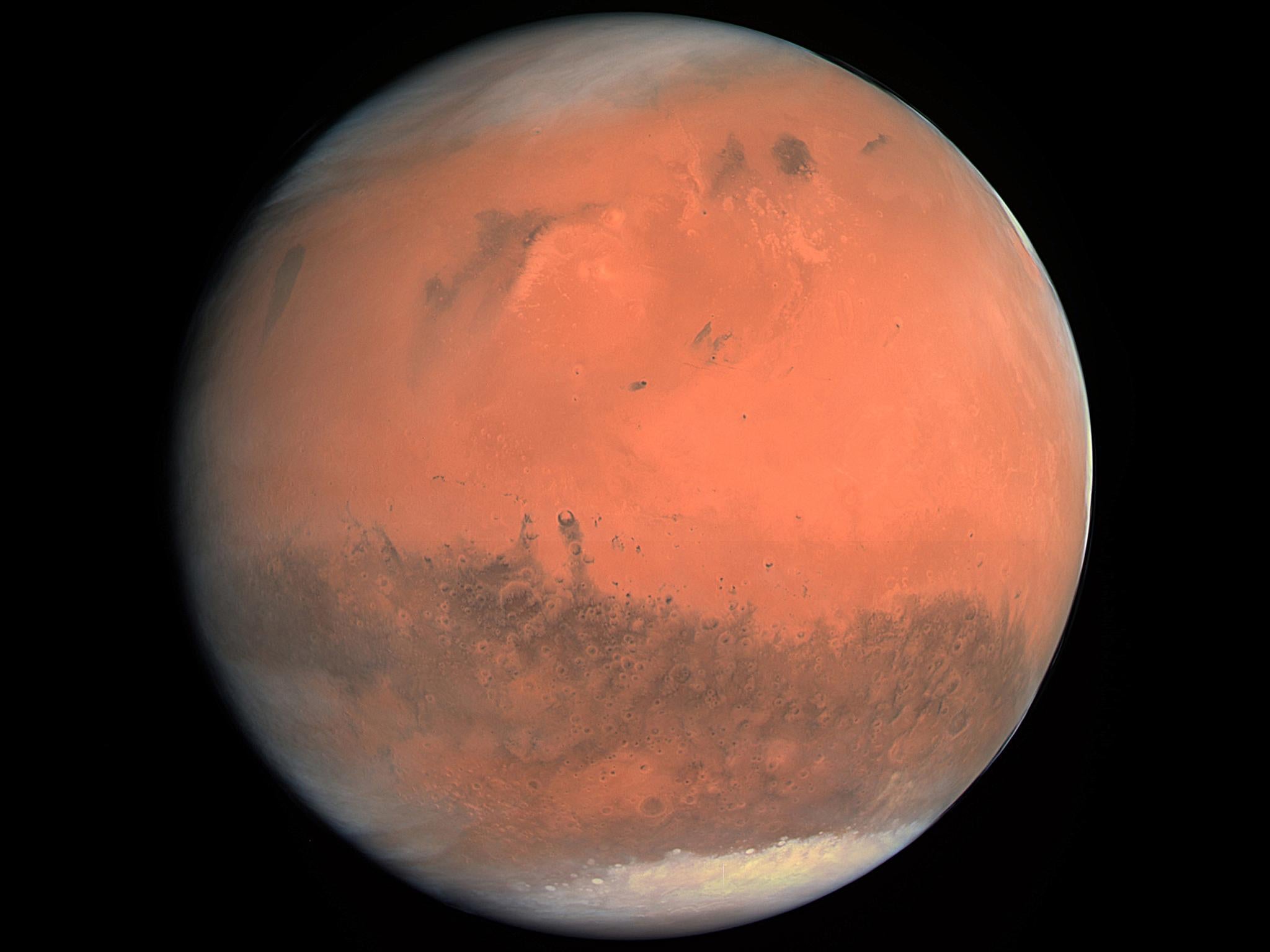The Antichrists of Tech: Billionaire Instincts, Disenfranchised Targets, and the Death of Empathy
In a world dominated by data and dollars, the billionaire instinct often follows a predictable path: go where there is no organized resistance. Go after the disenfranchised. After all, they don’t vote. They don’t fund campaigns. They don’t write op-eds. They are the easiest to dispossess because they have no formal power.
This instinct is not new. But in the era of technology oligarchs—when code is law and capital is god—it’s more dangerous than ever.
Elon Musk vs. USAID: The Optics of Powerlessness
Consider Elon Musk’s ongoing war with USAID and the broader aid establishment. Why? Because the recipients of USAID’s services—refugees, impoverished rural communities, marginalized populations in conflict zones—have no lobby. They are voiceless in American politics.
Musk’s political instincts are finely tuned, not toward justice, but toward leverage. He knows that while defense contractors have their champions in Congress and oil executives fund campaigns, starving children in Sudan or displaced women in Haiti do not.
Yes, it is true that the aid industry has its flaws. The NGO-industrial complex headquartered in Washington, D.C., often ends up enriching consultants more than communities. But this isn't unique to foreign aid—compare it to the bloated defense spending or the revolving door between Wall Street and the Treasury Department. Yet billionaires don’t attack defense spending. Why? Because that budget has powerful allies.
Attacking USAID is political theater, not reform.
Peter Thiel, Palantir, and Deportation as Efficiency
Meanwhile, Peter Thiel’s Palantir is aiming to “optimize” deportations. As if human beings are defective packages to be sorted, tagged, and shipped away. In this worldview, the immigrant is not a dreamer or a worker or a survivor. He is a logistical problem. A data point. An anomaly to be corrected.
But let’s question the logic here. If the purpose of government is to save lives—why not deploy Palantir to prevent road deaths? Why not go after the 40,000+ lives lost annually in U.S. traffic accidents? It is technically possible to monitor every car that speeds, send tickets automatically, and deduct fines from bank accounts in real-time.
But we don’t do that.
Why? Because the car-owning middle and upper classes do vote. They do complain. They do have representation. If you try that level of surveillance and automation on them, there will be lawsuits and elections will be lost.
But immigrants? Undocumented ones? They are the perfect target. No representation. No voice. And so the billionaire instinct kicks in.
The Fictional Warning: ‘Deported’ and ‘Empty Country’
This instinct to erase the disenfranchised is not only a policy—it’s become a narrative. In the novel Deported (https://a.co/d/b8ypLha), the main character Aurelian Sol is a stateless, voiceless man who is bounced from country to country like contraband. His invisibility makes him expendable. But instead of vanishing, he builds something new: a sanctuary, a sovereign hope built on empathy and resistance.
Similarly, in Empty Country (https://a.co/d/1tbWdUq), we witness a surreal reversal. All undocumented workers in the U.S. suddenly leave—and the country begins to collapse. Infrastructure cracks, harvests rot, cities slow. It’s a haunting reminder that the invisible hands running the machine are not disposable.
Fiction helps us imagine what the data obscures: the humanity of those who are targeted by the “efficiency” of empire.
Tech Without Empathy Is a Wasteland
Let’s be honest. A ride to Mars will be miserable. No amount of branding or billionaire charisma will make it a pleasure cruise. It’s six months in a tin can, where cosmic radiation and claustrophobia are daily companions. But the metaphor is more important than the trip: it represents the techno-elite’s desire to escape the world they helped break rather than fix it.
Why solve inequality when you can leave the planet?
This is not vision. It’s abdication.
Reorganizing Our Priorities
Instead of building deportation engines or escaping to Mars, what if we reorganized our world—from the ground up?
-
In A Reorganized UN (https://a.co/d/6YsXach), we explore how international governance must be rebuilt to represent people, not just powerful nations.
-
In Rethinking Trade (https://a.co/d/ac95v1i), we imagine an economy that serves the many, not just the few.
-
In A 2T Cut (https://a.co/d/d7U4DtR), we propose a radical restructuring of global budgets—diverting military spending to health, education, and sustainability.
These are not utopias. They are blueprints for survival.
Conclusion: Empathy Is the New Efficiency
The true measure of civilization is not how fast you can deport someone or how far you can flee the planet. It’s how deeply you care for those with no vote, no money, no microphone.
Billionaires may have instincts, but humanity must have conscience.
📚 Further Reading:
-
Deported – https://a.co/d/b8ypLha
-
Empty Country – https://a.co/d/1tbWdUq
-
A Reorganized UN: Built From Ground Up – https://a.co/d/6YsXach
-
Rethinking Trade: A Blueprint for a Just and Thriving Global Economy – https://a.co/d/ac95v1i
-
A 2T Cut – https://a.co/d/d7U4DtR
टेक्नोलॉजी के प्रतिपक्षी: अरबपतियों की प्रवृत्ति, वंचितों पर हमला, और सहानुभूति की मौत
आज की दुनिया में, जहाँ डेटा और धन सर्वोपरि हैं, अरबपतियों की प्रवृत्ति एक ही दिशा में जाती है: वहाँ जाओ जहाँ कोई संगठित प्रतिरोध नहीं है। वंचितों पर निशाना साधो। आखिरकार, वे वोट नहीं करते। वे चुनावों को फंड नहीं करते। वे अखबारों में लेख नहीं छापते। उनके पास कोई औपचारिक शक्ति नहीं होती।
यह प्रवृत्ति नई नहीं है। लेकिन टेक्नोलॉजी के वर्तमान दिग्गजों के युग में—जहाँ कोड कानून बन गया है और पूंजी भगवान—यह प्रवृत्ति और भी खतरनाक हो गई है।
एलन मस्क बनाम USAID: सत्ता के बिना लोगों पर हमला
एलन मस्क और USAID के बीच चल रही जंग को ही लें। क्यों? क्योंकि USAID के लाभार्थी—शरणार्थी, ग्रामीण गरीब, संघर्ष क्षेत्रों की महिलाएँ—अमेरिकी राजनीति में एकदम आवाज़हीन हैं।
मस्क की राजनीतिक समझदारी न्याय की ओर नहीं, बल्कि ताकत की ओर केंद्रित है। वह जानते हैं कि जैसे रक्षा कंपनियाँ कांग्रेस में मजबूत पकड़ रखती हैं और तेल कंपनियाँ चुनाव फंडिंग करती हैं, वैसे ही सोमालिया के भूखे बच्चे या हैती की विस्थापित महिलाएँ ऐसा कुछ नहीं कर सकतीं।
हां, मानते हैं कि विदेश सहायता क्षेत्र में खामियाँ हैं। वॉशिंगटन डीसी में बसे NGO नेटवर्क कभी-कभी परामर्शदाताओं को गरीबों से ज़्यादा लाभ पहुँचाते हैं। लेकिन यही बात रक्षा बजट और वॉल स्ट्रीट से जुड़ी नीतियों पर भी लागू होती है। फिर भी अरबपति उनका विरोध नहीं करते। क्यों? क्योंकि उनके पास शक्तिशाली मित्र हैं।
USAID पर हमला करना सुधार नहीं, बल्कि राजनीतिक नाटक है।
पीटर थील, पलान्टियर और निर्वासन का "कुशल" मॉडल
अब देखते हैं पीटर थील और उसकी कंपनी पलान्टियर को, जो निर्वासन (deportation) को “कुशल” बनाना चाहती है। जैसे लोग कोई गड़बड़ माल हों, जिन्हें छाँट कर बाहर फेंकना हो। इस नज़रिया में अप्रवासी कोई सपना देखने वाला या श्रमिक नहीं होता—वह बस एक डेटा पॉइंट है, एक समस्या जिसे “सुलझाया” जाना है।
लेकिन अगर सरकार का उद्देश्य जीवन बचाना है—तो पहले सड़क दुर्घटनाओं को क्यों न रोका जाए?
हर बार जब कोई वाहन गति सीमा पार करे, तो उसका नंबर प्लेट स्कैन कर जुर्माना सीधे बैंक खाते से काटना आज की तकनीक से संभव है।
लेकिन क्या हम ऐसा करते हैं?
नहीं। क्यों? क्योंकि जो लोग कार चलाते हैं, वे वोट करते हैं, शिकायत करते हैं, और उनके पास प्रतिनिधित्व होता है। उन पर निगरानी थोपोगे तो बवाल होगा।
लेकिन अप्रवासी? खासकर अवैध प्रवासी? उनके पास न वोट है, न वकील, न आवाज़। इसलिए अरबपति का शिकारी स्वभाव यहाँ सक्रिय हो जाता है।
काल्पनिक चेतावनी: ‘Deported’ और ‘Empty Country’
यह मानसिकता केवल नीति नहीं है, अब यह कहानी बन गई है।
Deported (https://a.co/d/b8ypLha) में मुख्य पात्र औरेलियन सोल ऐसा व्यक्ति है जिसे कोई देश नहीं चाहता। उसे इधर-उधर घुमाया जाता है जैसे कोई अनुपयोगी वस्तु। लेकिन वह अंततः एक नई जगह बनाता है—एक आश्रय, एक नई आशा, जो सहानुभूति और प्रतिरोध पर आधारित होती है।
इसी तरह Empty Country (https://a.co/d/1tbWdUq) में एक असाधारण कल्पना है—अगर अमेरिका के सभी अप्रवासी एक दिन अचानक चले जाएं तो क्या होगा? देश ठप पड़ जाता है। फसलें सड़ जाती हैं, निर्माण रुक जाता है, शहर सुस्त पड़ जाते हैं। यह दिखाता है कि जिन हाथों को अदृश्य मान लिया गया है, वही असल में अर्थव्यवस्था को चलाते हैं।
कल्पना हमें वह देखने की शक्ति देती है, जिसे डेटा छिपा देता है: मानवता।
बिना सहानुभूति की तकनीक एक बंजर भूमि है
चलिए ईमानदारी से कहें—मंगल ग्रह की यात्रा कष्टदायक होगी। कोई भी ब्रांडिंग या अरबपति का आकर्षण इसे सुखद नहीं बना सकता। यह छह महीने का एक टिन के डिब्बे में बंद जीवन होगा।
लेकिन असली सवाल यात्रा नहीं है, बल्कि मानसिकता: ये टेक अरबपति एक ऐसे संसार से भागना चाहते हैं जिसे उन्होंने खुद ही तोड़ा है।
वे इसे सुधारना नहीं चाहते।
यह दृष्टिकोण नहीं है—यह पलायन है।
अब ज़रूरत है पुनर्गठन की
निर्वासन इंजन या मंगल मिशन बनाने के बजाय, क्यों न हम अपनी दुनिया को जड़ से पुनर्गठित करें?
-
A Reorganized UN (https://a.co/d/6YsXach) में हम अंतरराष्ट्रीय व्यवस्था को फिर से गढ़ने की बात करते हैं, ताकि यह आम लोगों की भी प्रतिनिधि बने।
-
Rethinking Trade (https://a.co/d/ac95v1i) में हम एक ऐसे वैश्विक व्यापार मॉडल की कल्पना करते हैं जो न्यायपूर्ण हो।
-
A 2T Cut (https://a.co/d/d7U4DtR) में हम सैन्य बजट को काटकर शिक्षा, स्वास्थ्य और सतत विकास में निवेश की बात करते हैं।
ये यूटोपिया नहीं हैं—बल्कि अस्तित्व के लिए ज़रूरी नक्शे हैं।
निष्कर्ष: सहानुभूति ही सच्ची दक्षता है
सभ्यता का असली मापदंड यह नहीं है कि आप कितनी तेज़ी से किसी को निर्वासित कर सकते हैं या कितनी दूर अंतरिक्ष में जा सकते हैं।
सभ्यता का मापदंड यह है कि आप उन लोगों की कितनी परवाह करते हैं जिनके पास कोई वोट नहीं है, कोई पैसा नहीं है, और कोई आवाज़ नहीं है।
अरबपतियों के पास प्रवृत्ति हो सकती है—लेकिन इंसानियत के पास विवेक होना चाहिए।
📚 और पढ़ें:
-
Deported – https://a.co/d/b8ypLha
-
Empty Country – https://a.co/d/1tbWdUq
-
A Reorganized UN: Built From Ground Up – https://a.co/d/6YsXach
-
Rethinking Trade: A Blueprint for a Just and Thriving Global Economy – https://a.co/d/ac95v1i
-
A 2T Cut – https://a.co/d/d7U4DtR
3/
— Paramendra Kumar Bhagat (@paramendra) August 1, 2025
Yes, there are excesses in the NGO world. But the DC lobbyist-industrial complex is far worse.
The richest U.S. counties are around Washington, not Silicon Valley.
Politics > Tech. @biz @jack
5/
— Paramendra Kumar Bhagat (@paramendra) August 1, 2025
If saving lives is the goal, why not start with speeding-related deaths?
We can use tech to ticket every speeding car automatically and deduct from bank accounts.
But we don’t.
Why? Because drivers vote. @Oprah @realDonaldTrump
8/
— Paramendra Kumar Bhagat (@paramendra) August 1, 2025
In Deported (https://t.co/KrjKa39cyP), a stateless man is bounced between nations like lost baggage—until he starts a new one.
It’s fiction, but it rings true:
The invisible must build their own visibility. @kanyewest @tim_cook
10/
— Paramendra Kumar Bhagat (@paramendra) August 1, 2025
So what do we do?
📘 A Reorganized UN (https://t.co/hxkKyMIu1M): We rebuild global governance from the ground up.
📘 Rethinking Trade (https://t.co/8aGH1Vh2WL): We create just economics.
📘 A 2T Cut (https://t.co/0dstvf42WG): We slash defense budgets to fund humanity. @AOC
12/
— Paramendra Kumar Bhagat (@paramendra) August 1, 2025
Humanity must have a conscience.
Even if billionaires don’t.
/End @lexfridman @joerogan



